The Brown & Pierce Store, Circa 1900’s, Cornucopia, Oregon. Next to the man leaning against the post is a small boy in a white shirt sitting on the steps. Jesse Brown. Born in a town that rose from the gold nuggets found in the steep mountains above, a town that would become one of Oregon’s most famous ghost towns.
In my ever-deep mining for information about the Jim Fisk Mine and Jim Fisk Creek I have uncovered mining stories and countless members of my family tree, all the while finding nothing about why those two places were named after my great grandfather.
As I dug, that boy I mentioned in Part I kept appearing, first outside a snow-buried cabin, then sitting on the front steps of his father’s mercantile store. And the more I searched for my grandfather the more I found that little boy.

No longer a little boy, I found Jesse everywhere in and around Cornucopia, and through many photographs I watched him grow up, go fishing, spend time with his mother, drive one of the first cars in Cornucopia, get married.
Genealogy is not, and should not be, just about adding people to your family tree. That, in many ways, is far easier than the study of their lives: their interests, their beliefs, their adventures, their failures and so many other aspects of their lives which not only shaped them but shaped the families that evolved from them. That shaped you.

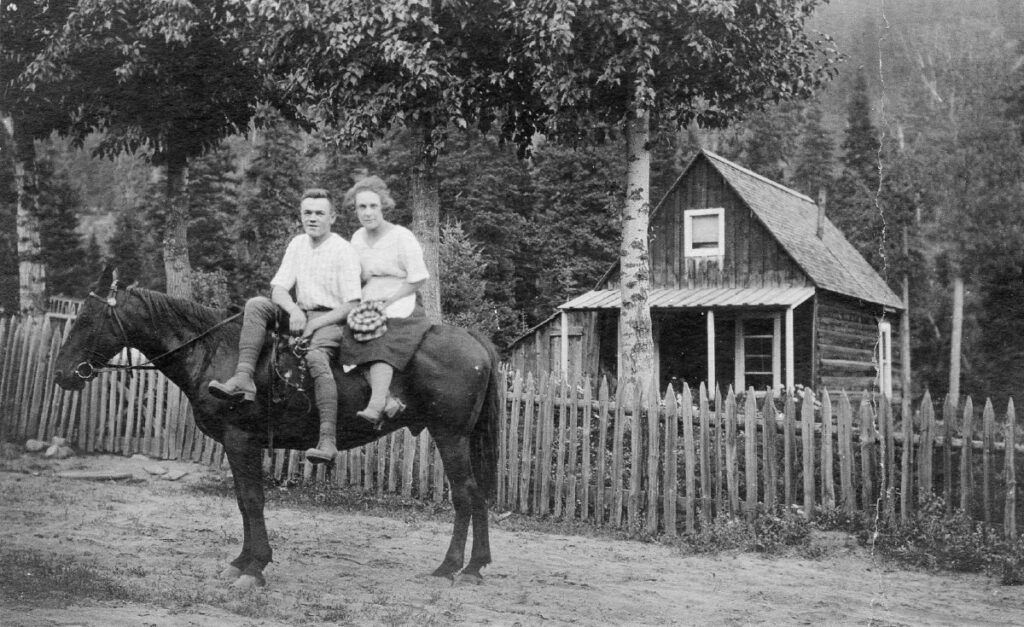
When Jesse Jennings Brown was born on March 19, 1897, in Cornucopia, Oregon, his father, Nathaniel, was 31 and his mother, Barbara, was 38. As the photos and references to his life unfolded, so also did the lives of his father and mother. Knowing the surname “Brown” already played a part in both Oregon history and my own family, it was not too difficult to follow family lines back to a common ancestor.
But more important than the family lines that connected to mine was the revelation of people’s lives in a distant time and place. From the discovery of gold by Lon Simmons in 1884, to the closure of the mines because of the war effort in 1942, Cornucopia is renowned as one of the richest gold mines in the United States. By 1886 the town was platted and grew from there to a town with hundreds of residents, many like Jesse’s father, who ran businesses that serviced the men who worked the thriving gold industry.
The history of Cornucopia is well documented. Two very fine books by Thomas Taylor Cook, “The Cornucopia: Oregon’s Richest Gold Mine” and “From Boom to Ghost Town: Cornucopia, Oregon” will give you a fine sense of the history and life in those distant mountains.

I look at the picture of Cornucopia in 1884 and think about the children like Jesse who were born and raised there. Children who lived a child’s life in the remote mountains, whose lives could not have been easy, but played, went to school, had friends, and grew up thinking their world was fine. Those kids grew up, married, and went on to become the next generation of Oregon pioneers who settled those lands, grew industries and commerce, and raised the families that would become who we are today.
I started “mining for family” in Cornucopia for my great grandfather. Lacking any direct records, I turned to the people who were there when he had to have been there. My hope was that in their records I would find a clue to my grandfather. But what I have really found is a history of place and people he must have been associated with, and through them a view of the life my ancestors led.
One of the chroniclers of that time was a miner named Lawrence Panter (1862-1935). Lawrence immigrated from Germany in 1881 and, oddly for those times, had with him a 13 in. camera. Like George Hazeltine and other photographers of the time, he captured countless images of the mines, the residents of Cornucopia, and many photos of Jesse Brown, leaving a valuable record of life in those times. Besides mining and photography, he grew a large field of strawberries each year for the entire town. Never married, he died 11 Jan 1935 and is buried in the Hope Cemetery in Halfway, Oregon. There are several images of himself, and I’m always struck by his face, which shows such humor and kindness, and I cannot help but think what a well-liked man he must have been.

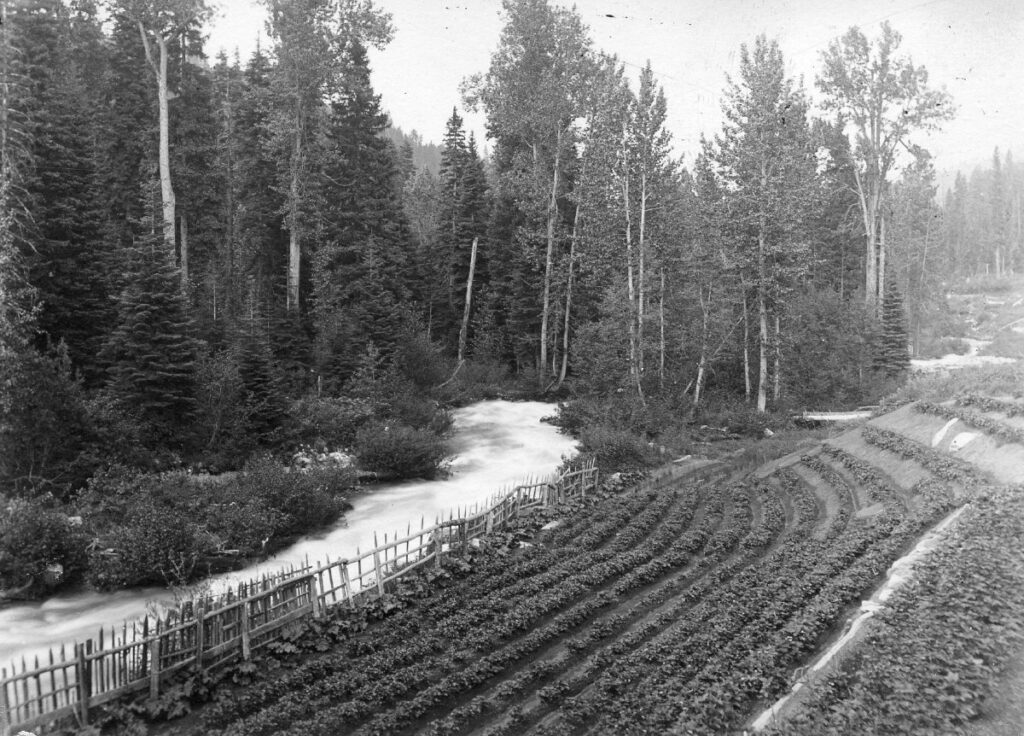
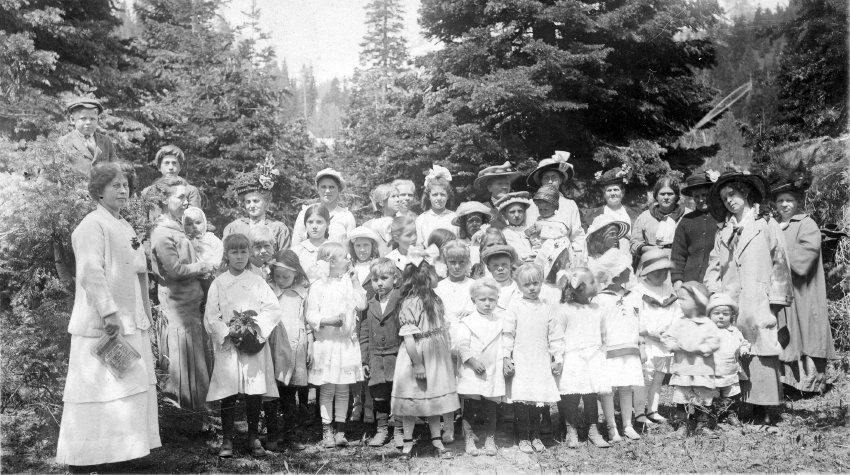

The Jim Fisk Mine and Jim Fisk Creek remain enigmas. When I was a small boy my great Uncle Howard (Jim Fisk’s son) took me to his mining claim in the Anthony Lakes region, handed me a gold miner’s pan and taught me how to pan for garnets. I squatted in the creek for hours, swirling sand and gravel from the creek in my pan, looking for the illusive stone. There is a hypnotic essence to such an activity, driven by the hope that, with the next swirl of the pan, what you seek will be revealed. Mining for family is the same way, each nugget of history you find makes you swirl the pan again. I did find a lot of garnets, and I’ll continue to hope, with another swirl of my pan, that the stories of the Jim Fisk Mine and Jim Fisk Creek will yet be revealed.
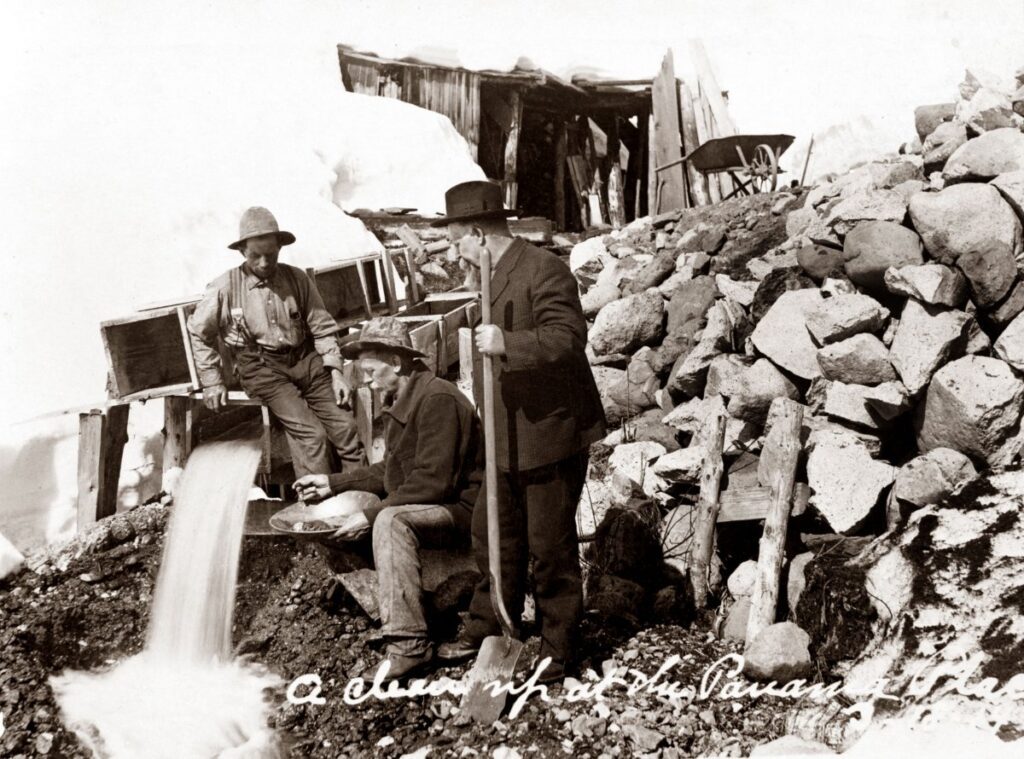
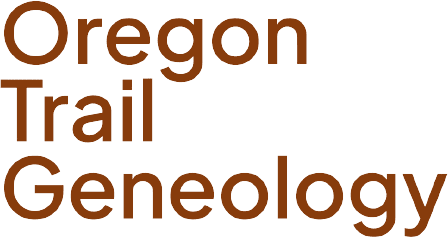

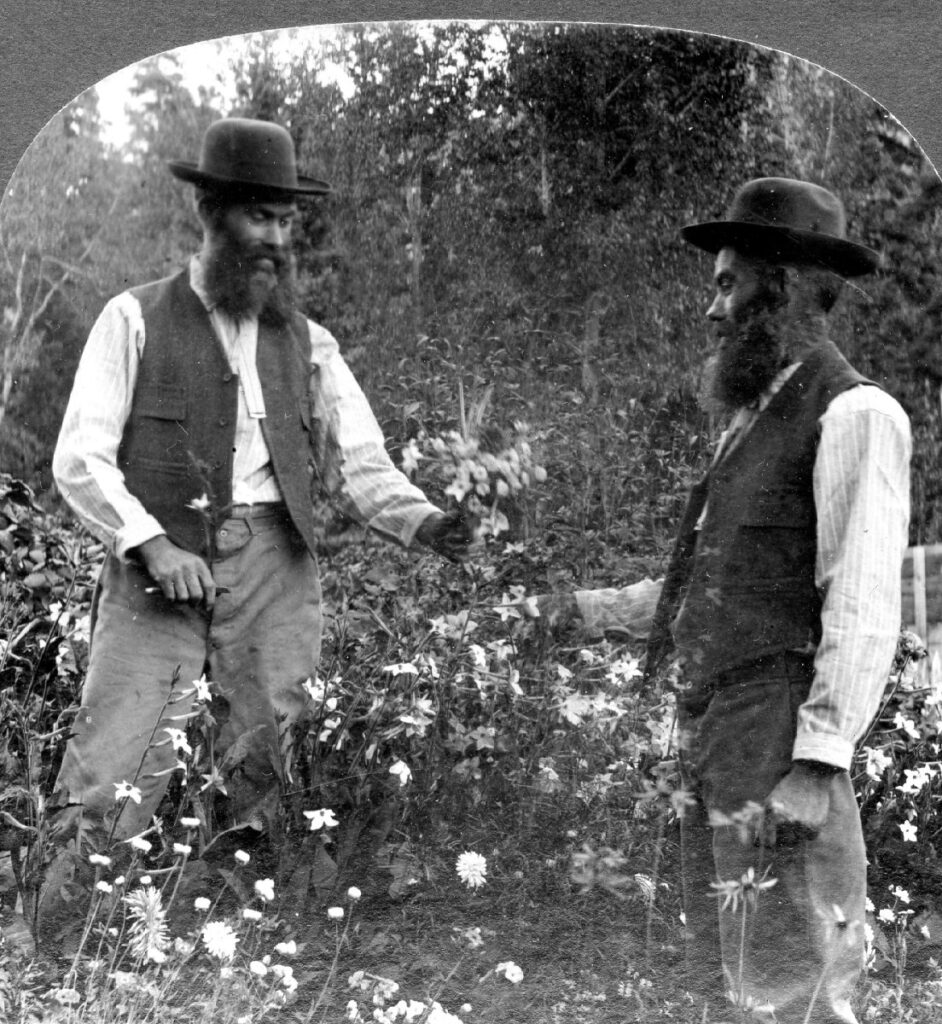

wwd.com
My brother recommended I might like this blog. He was entirely right.
This post actually made my day. You can not imagine simply how much time I had spent for this info!
Thanks!
Mark
I’m not only glad you enjoyed the article I’m glad you found it useful. You can always touch base if you need any help with your research! Please share my website with others so it continues to grow!!
Mark